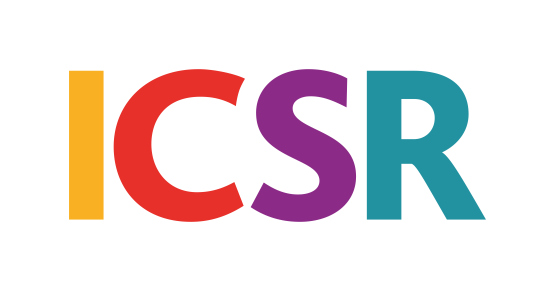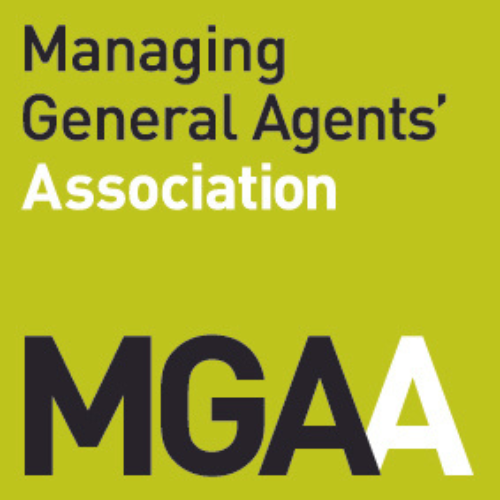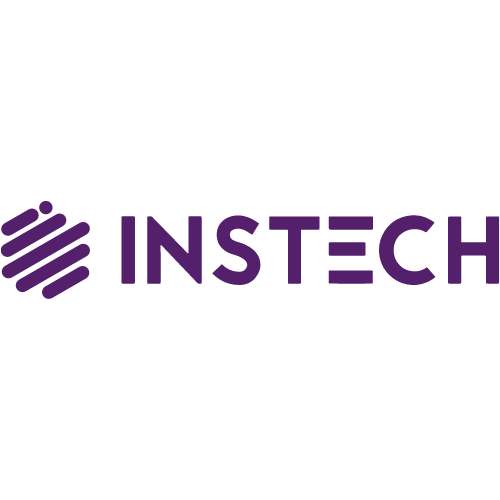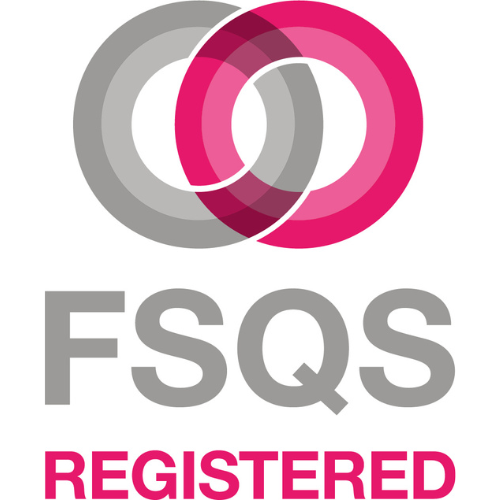The end-goal of Blueprint Two is hopefully well known by now – delivering technology that ensures business placed utilising London market bureau services can look to the future with confidence and help ensure London remains at the centre of the worldwide insurance market. A future that is ‘better, faster and cheaper for all participants’. One could also add more resilient!
The last few weeks have been very busy for everyone involved with Blueprint Two, with key deliverables including:
- A full-house quarterly market briefing;
- the confirmation of the first major Go Live event (Phase 1) on 1st July 2024;
- the shift from build to adoption, with the release of the Market Adoption Guide; and
- the rebranding of the bureau/XIS/XCS/Joint Venture into a single brand: Velonetic.
There have been ‘false dawns’ over the years, but it is clear that the digitalisation of the London Market is happening now and not a moment too soon! James Livett (LIIBA Operations Director) reminded us all recently that much of the underlying technology has been operational in the market for almost 40 years, saying:
“The underlying systems and processes are overdue a review and refresh. We have (as a market) repeatedly kicked the can down the road until we have wound up in a position where we do not have a choice.”
There is always a choice, but in this case, doing nothing is not one of those choices. From July 2024, the legacy mainframe systems will be replaced by contemporary, cloud hosted, digital systems. This is one of the first steps towards achieving digitalisation of the London Market.
1st July 2024 Go Live – Am I Impacted?
The changes brought on by the Phase One go live will need to be considered by all market participants currently using bureau (now Velonetic) services. Any Broker or Carrier (Lloyd’s or Company market) using these services will need to make changes in time for the cutover. There is not an option to do nothing and expect to be able to continue using these services after 1st July 2024.
And whilst these changes are expected to be limited in terms of scope, they should not be underestimated. They will require impact analysis, planning, testing and training, and firms should have already started that process, or need to do so very soon.
If your firm uses the London market bureau services, read on.
What Is Changing?
Phase 1 is focussed on the capabilities required to process and settle premiums and claims and requires firms to undertake their own evaluation of changes necessary to continue utilising the central services. The changes cover both open market and delegated authority business.
There are two main areas of change for this event:
- Portals
New portals are being delivered and will be made available to market participants. These cover the processing and settlement of premium and claims. - EDI messages
These are the messages currently used to interface with the central services, but some minor changes may be needed. Beyond pointing to the new servers at cutover, there may also be some small changes in the EDI messages themselves. These changes are to be expected but have not been fully confirmed yet.
What Action Is Required Now?
If you are processing data using the existing central services, there are a few areas you need to consider now. These are:
- Impact Analysis
You need to make sure you have understood what the process and technology changes mean for your business, your teams, your data (including downstream impacts) and your own technology stack. - Implementation
You will need to update your internal procedures with any required changes identified in your Impact Analysis. You will also need to deliver the required technology changes around EDI messages or ensure that your technology vendor(s) are on track to deliver them. It is expected further changes will be announced, but those outstanding changes are expected to be small and what has been provided to date is enough for firms to start work, as these introduce the specifications that new systems are being built on. The whole development cycle is being purposefully built on an Agile basis to allow for this. - Testing
Your testing will need to build on the internal pre-testing done including the “Vanguard” and test scenarios. The outcomes of these will be shared to help individual firms plan and manage their own testing programmes. But the primary onus for testing will be on you – only you have full visibility of the way your firm works. You will need to conduct your own assurance that the new services are ready and can be signed off ahead of go live. Testing environments will be available from March 2024. - Training
Your teams will need to be trained on the new portal and processes.
Where Do I Get The Support I Need?
The Blueprint Two team has been publishing a lot of helpful documentation (see below), however, the complexities of the London Market mean these support tools will never be able to cover every scenario out there. This is why is it very important for impacted firms to start their impact analysis and planning now, if they have not already done so.
The documents developed so far include:
- Adoption guide for brokers and underwriters
- Adoption checklist
- Change Impact analysis tool
- Stakeholder analysis tool
- Change plan template
All of these resources can be found on the Velonetic website here. The adoption guide, checklists and tools cover three key areas, namely:
- A mapping of current process functionality being replaced, across premium submission & signing, premium settlement review and release, claims submission & agreement and claims settlement submission & release.
- Action lists split across People, Process and Technology with timings. Section 3 of the Adoption guide provides a detailed list of the activities that introduced change considerations for firms, with the target dates and impact analysis between people, process and technology. The Adoption checklist is a really helpful summary of these that firms can use to help ensure they have addressed all of the issues.
- A list of current external market systems and their replacement systems, showing the changes to portals and applications from 1 July 2024. It should be noted that no functionality is being removed, simply the route to accessing it will change and in some cases, new messaging IP addresses and security protocols will be introduced.
Lloyd’s Managing Agents can also access support through the LMA, with a new Blueprint Two playbook for managing agents launched.
What Else Has Changed Or Is Changing?
A lot has already been delivered by various teams. In 2023 alone, they have achieved (on time) the following milestones:
- Sequence 1 and 2 technology delivered
- PPL Next Generation delivered
- Market Reform Contract v 3 published
- Core Data Record v3.2 published
- Process, Roles and Responsibilities published
- Deployment approach published with firm dates for delivery of Digital phase 1 and 2
Additionally, a major foundational change with the Data Migration exercise was completed, which was possibly one of the world’s biggest data migrations to ever take place.
The message being given to firms is very clear – There is set a date for full digitalisation and the market should be preparing for adoption of the new services now. That means getting ready for:
- The fact that the messages firms currently used to interact with the Bureau will change and will need to be sent to a different gateway address;
- The fact that those firms who have had messages tailored specifically for their own organisations use may find some or all of those messages will no longer be supported;
- A huge number of systems to be replaced. Systems such as ECF, CLASS and Account Enquiry are to be sunsetted and replaced by new systems and technologies: welcome to IPOS (International Premium Orchestration Services) and ICOS (International Claims Orchestration Services), cloud-based systems that help achieve the primary benefits of ‘better, faster, cheaper’ and offer much greater resilience.
From September 2024 (Phase 2) firms that are ready and choose to do so will be able to move to the full suite of digital services. Full details of Phase 2 are expected to be released soon and market participants will have more flexibility around moving from Phase 1 to Phase 2, within an adoption window. We will look at that in more detail once the final information is published.
Conclusion
Ensuring the technology that supports London Market insurance placement and claims handling processes provide the foundations for the next 40 years and beyond is critical to the reputation of the insurance industry. Velonetic, Lloyd’s, the Company market, brokers and the other organisations involved in steering this change have made significant progress in putting in place the architecture and processes necessary to allow firms to navigate the change and adapt their people, processes and technology to thrive in the 21st Century and beyond.
But change of this nature requires resource and firms will need to identify the resources and skills they require to effectively analyse, implement test and train for the changes coming on 1st July 2024 and beyond.
If your firm needs any support understanding how the changes to bureau services will affect the way you transact London Market business or needs support through the provision of additional resources with knowledge and expertise of the changes being introduced through Blueprint Two, please speak with the author, or your usual contact at ICSR.









